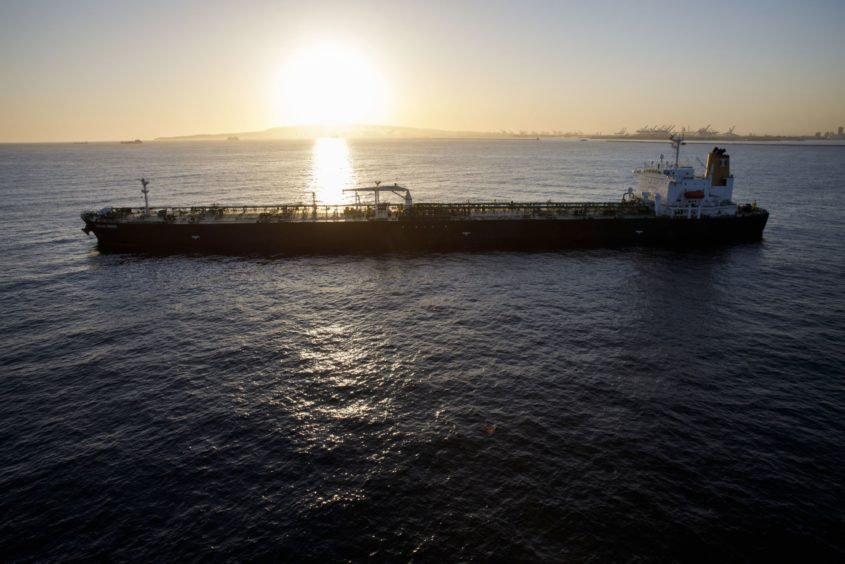
Oil was headed for the longest run of daily gains in more than nine months on signs the worst of the supply glut may be over as production cuts start to take effect.
Futures in New York climbed for a fifth day toward $22 a barrel after Genscape reported a 1.8 million-barrel build in inventories at Cushing, Oklahoma, the delivery point for West Texas Intermediate crude. That would be the smallest weekly increase since mid-March if confirmed by official data due Wednesday. Meanwhile, the discount on oil for June delivery relative to July narrowed to the least in a month, indicating concerns about over-supply may be easing.
The American oil benchmark has doubled from an intra-day low of around $10 a barrel last week as the OPEC+ deal to pump less crude came into effect May 1. In the U.S., Exxon Mobil Corp., Chevron Corp. and ConocoPhillips plan to curb as much as 660,000 barrels a day of combined output by the end of June even as an effort to mandate Texan production cuts was pronounced dead on arrival.
The improving sentiment has also been driven by early signs the plunge in demand might have bottomed out in some markets, although clearing the glut built up over the last couple of months will take time. The recovery in crude consumption also promises to be very gradual, with escalating tension between Washington and Beijing over the origin of the Covid-19 pandemic threatening to make it even more difficult.
“Some supply cuts have kicked in, U.S. production has been curtailed by low prices and economies are slowly re-opening,” said Howie Lee, an economist at Oversea-Chinese Banking Corp. in Singapore. While the worst appears to be over, crude is still lacking a major reason to rally, he said.
WTI for June delivery rose 7.6% to $21.93 a barrel on the New York Mercantile Exchange as of 12:15 p.m. in Singapore after closing up 3.1% on Monday. The contract has rallied 78% since the close on April 28.
Brent for July settlement advanced 4.5% to $28.42 a barrel on London’s ICE Futures Europe exchange after climbing 2.9% in the previous session. The global benchmark traded at a $4.33 premium to WTI for the same month.
The peak in oil oversupply has probably been reached and a protracted rebalancing has started, Morgan Stanley analysts Martijn Rats and Amy Sergeant said in a note. However, the market is still considerably oversupplied and will likely remain so for several weeks, they said.
In a sign of how big the glut is, crude supplies from the Middle East soared to their highest level since at least January 2017 last month. Saudi Arabia, Iraq, Kuwait and the U.A.E., which account for about 70% of OPEC’s production, shipped a combined average of 18.9 million barrels a day of crude and condensate in April, tanker-tracking data compiled by Bloomberg show. That was 2 million barrels a day more than revised March levels.
Brazil’s state-owned producer Petrobras also exported oil at a record pace in April despite plunging global demand, thanks to sales in China and interest elsewhere in its low-sulfur crude to make marine fuel.
Recommended for you
